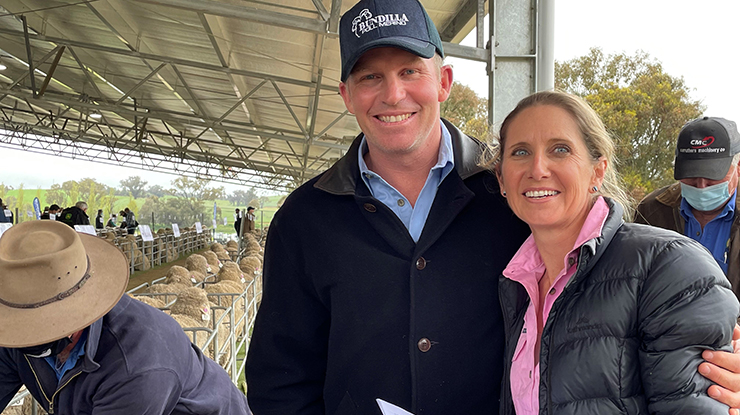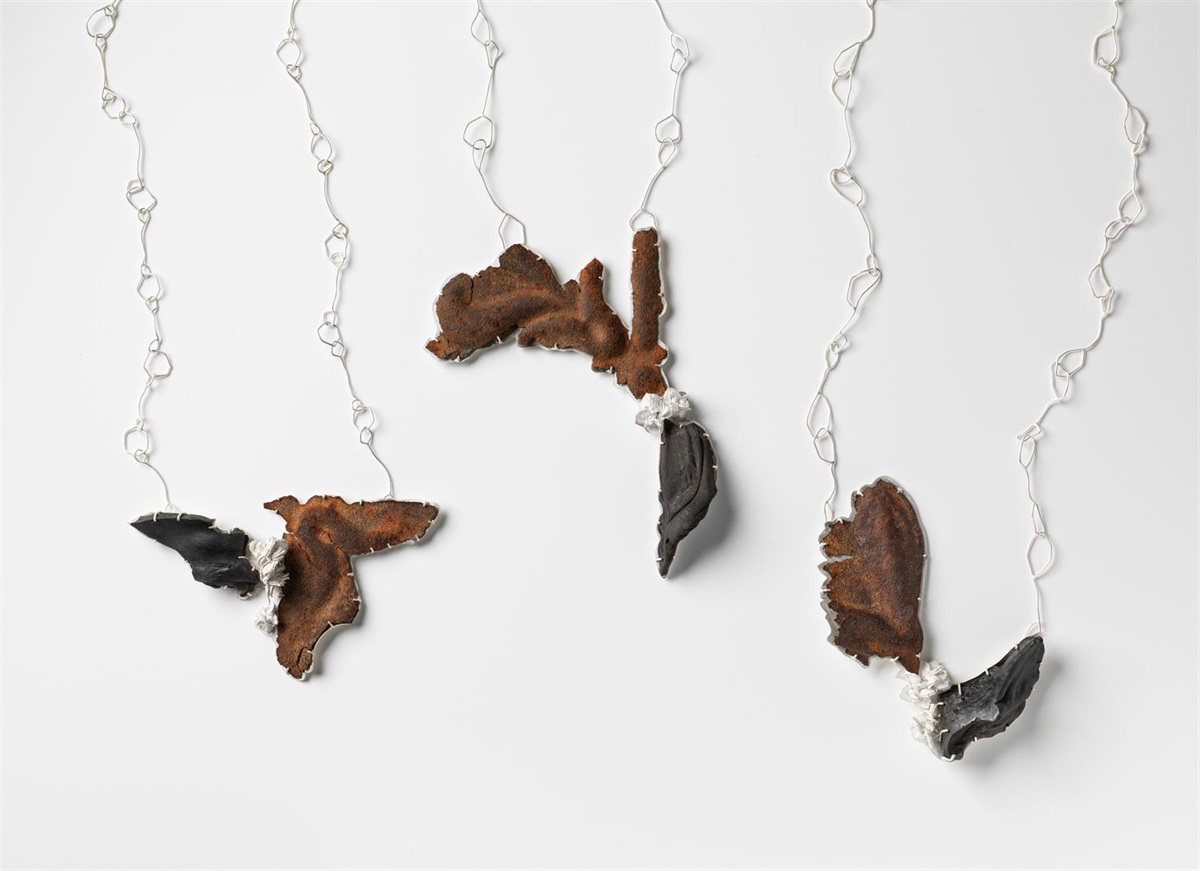 Above: Rick and Jill Baldwin.
Above: Rick and Jill Baldwin.
Driving genetic gain by maintaining weaning rates at a high 143% is one of the main focuses of the Baldwins’ Bundilla Poll Merino Stud near Young in NSW’s south-west slopes.
The family runs about 2,500 stud ewes alongside 3,000 commercial ewes, and is on track to sell more than 800 Poll Merino rams this year.
“We’ve been using breeding values for about 30 years – we’re one of the original Merino benchmark flocks,” Rick Baldwin said.
“What sets us apart from many Merino flocks throughout Australia is that we’ve got a long pedigree for fertility background, which has been one of the main selection criteria for our flock for more than 40 years.
We’ve got full pedigrees dating back to 1976 with that focus on fertility.”
Balanced approach
Over the years, the Baldwins have paid particular attention to boosting weaning rates within their stud and commercial flocks to accelerate their genetic gain.
“When my parents first started building the flock, they introduced Booroola genetics to produce high fecundity Merinos. These Merinos were scanning 220% in utero but didn’t have the ability to wean all the lambs scanned,” Rick said.
“As a result, the major focus for the past 40 years has been on increasing the maternal ability of the animals to wean multiple lambs and wean them point going all out on fertility without having a focus on the rest of the ASBVs that are provided.
“With all of these traits, you should have a balanced approach, so you don’t risk just swapping the direction the animal positions its energies rather than actually increasing the genetic gain of the animal.”
Rick said the introduction of the new Weaning Rate (WR) ASBV (see story opposite) marks a significant step forward for Merino producers like them, who are looking to select for higher weaning rates.
“For us, with the Number of Lambs Weaned (NLW) trait, all the different components that built a fertility background weren’t clearly represented in the ASBV,” Rick said.
“The way this new ASBV is constructed – with its ability to focus on the different aspects that contribute to weaning more lambs – is definitely more accurate and representative of what we’re looking for when selecting animals based on pure pedigree.
“It will take some work to collect the data for it, but it will give industry a lot more confidence in selecting animals if they put the work in and we’re excited to see all the components that build a fertility background represented in this ASBV.”








